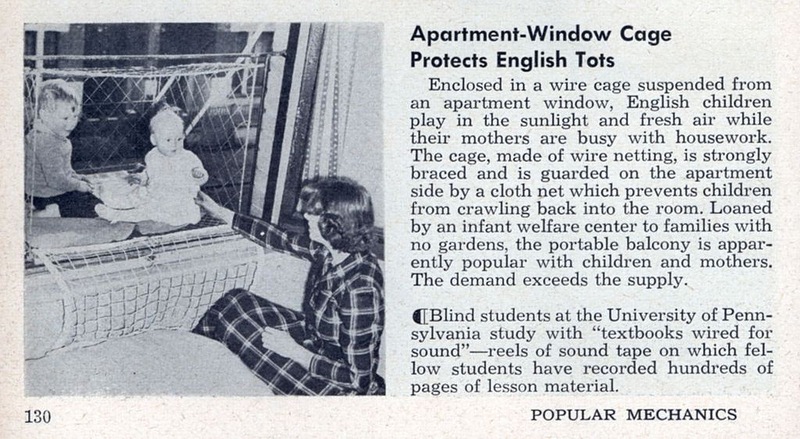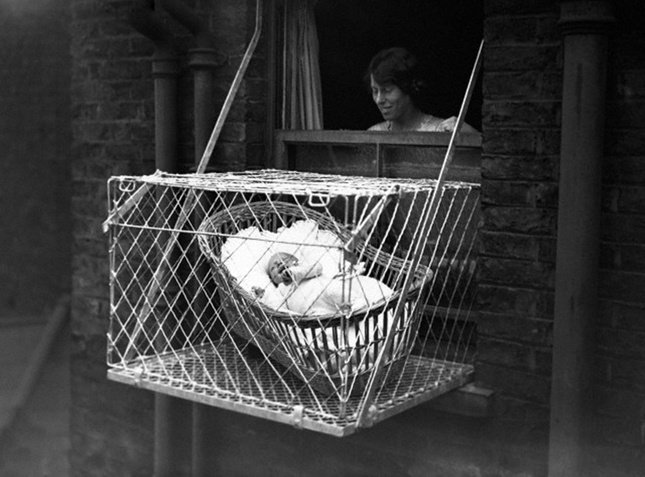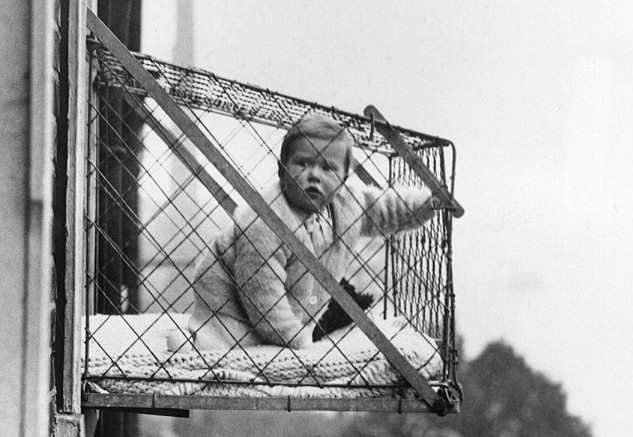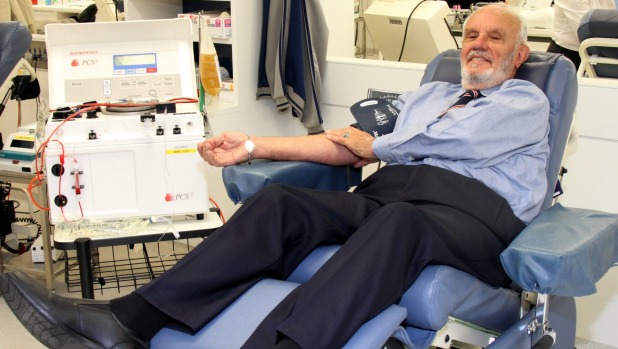Julia Horeftari for Art-Sheep
Greetings, my brave reader.
No room for a baby crib? This wouldn’t have been a problem in the 1930’s. A baby cage would suffice. What is a baby cage, you ask. Well, it was a 1922 patent filed by Emma Read from Washington which set out to help parents living in the cities who didn’t have too much space for… their children. Although they were designed in a more innocent age and with the best intentions in mind, these cages are actually quite cruel.

They were made of wire and hung out of the window, in the mercy of the elements of nature. The benefits of the cages were said to include fresh air for the infants, more room to play with toys and some extra space for them to sleep in.
The cages didn’t go unnoticed in the UK, either. The then East Poplar borough council in London, proposed to fix a few of them to the outside of some of their buildings. Later, members of the Chelsea Baby Club who lived in high buildings with no gardens were also provided with the cages.


This is what the description of Emma Read’s patent said, according to The Northern Star: “It is well known that a great many difficulties rise in raising, and properly housing babies and small children in crowded cities, that is to say from the health viewpoint. With these facts in view, it is the purpose of this invention to provide an article of manufacture for babies and young children, to be suspended upon the exterior of a building adjacent an open window, wherein the baby or young child may be placed”.
Mind you, my brave reader, they did come with an overlapping roof to protect the child from rain or snow.










